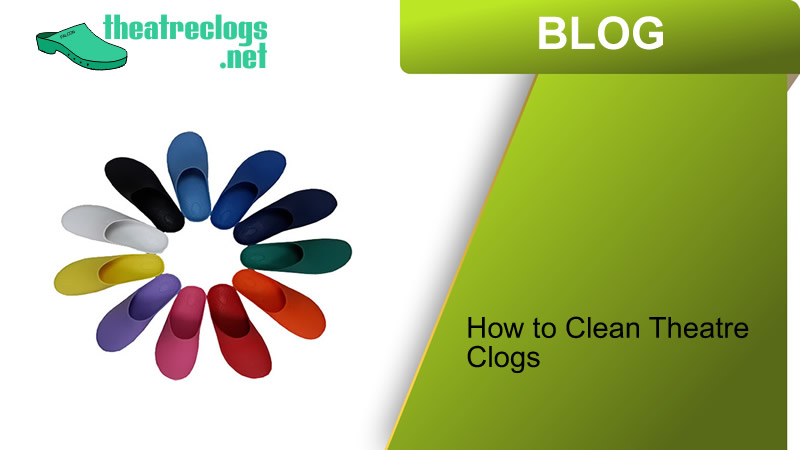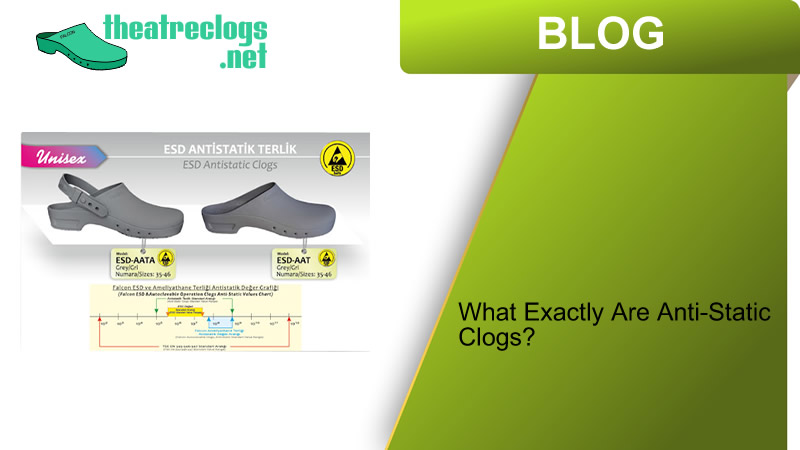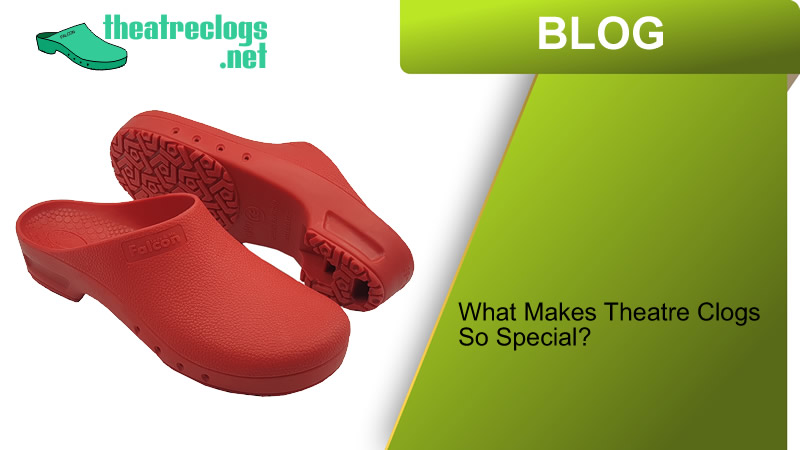
In the high-pressure environment of a surgical theatre (what we often refer to as an operating room or OR), the focus is laser-sharp on the patient’s well-being and the precision of the surgical team. While the expertise of surgeons and the sophistication of medical equipment take center stage, a seemingly small detail plays a crucial role in safety, hygiene, and comfort: surgical clogs.
These aren’t just any ordinary shoes. Surgical clogs are specifically designed to meet the rigorous demands of the OR, offering a unique combination of features that are essential for the professionals who wear them. So, what exactly are surgical clogs, and what are the key characteristics that make them indispensable in this critical setting? Let’s explore.
Defining Surgical Clogs: Purpose-Built for Performance
Surgical clogs are a type of specialized footwear worn by surgeons, nurses, anesthesiologists, technicians, and other personnel within the operating theatre. Their design and material composition are carefully considered to prioritize:
- Sterility and Hygiene: Preventing the introduction and spread of microorganisms is paramount.
- Safety: Protecting the wearer from slips, static electricity, and potential hazards.
- Comfort: Supporting professionals during long and often physically demanding procedures.
Key Features of Surgical Clogs: Designed for a Critical Environment
Here are the essential characteristics that define surgical clogs:
- Autoclavability: This is arguably the most critical feature. Surgical clogs are manufactured from materials (typically polymers like EVA or specialized rubber) that can withstand the high temperatures and pressures of autoclave sterilization (usually around 121°C or 134°C). This ensures that the footwear can be thoroughly sterilized between procedures, eliminating bacteria, viruses, and spores, thereby minimizing the risk of infection.
- Anti-Static (ESD) Properties: Operating theatres are filled with sensitive electronic medical equipment. Electrostatic Discharge (ESD) can damage these devices and potentially interfere with their function. Surgical clogs are designed to be anti-static, meaning they have conductive elements in their soles that safely dissipate static electricity buildup from the wearer to the conductive flooring of the OR.
- Superior Slip Resistance: The floors of operating rooms can sometimes be wet due to spills of bodily fluids, irrigation solutions, or disinfectants. Excellent slip resistance is therefore a non-negotiable safety feature. The outsoles of surgical clogs are designed with specific tread patterns and materials that provide optimal grip on both wet and dry surfaces, reducing the risk of slips, trips, and falls.
- Comfort and Ergonomic Support: Surgical procedures can last for many hours, requiring medical professionals to stand for extended periods. Ergonomic design and comfort are crucial to prevent fatigue and musculoskeletal strain. Features often include:
- Arch support: To help maintain proper foot alignment.
- Cushioned insoles: To absorb impact and reduce stress on joints.
- Lightweight construction: To minimize fatigue during long shifts.
- Ventilation: Some clogs feature strategically placed holes or ports to improve airflow and keep feet cooler and drier.
- Easy to Clean and Disinfect: Even if not being fully autoclaved between every single case, surgical clogs need to be easily cleanable and compatible with standard hospital disinfectants for quick surface cleaning. Smooth, non-porous materials facilitate this process.
- Durable and Long-Lasting Materials: Given the rigorous demands of the OR environment and frequent sterilization cycles, surgical clogs are made from durable materials that can withstand repeated use and cleaning without degrading.
- Secure Fit (Often with Heel Strap): Many surgical clog designs include a movable heel strap that can be worn behind the heel for a more secure fit, especially during dynamic movements, or swung forward for a slip-on style for quick changes.
Why These Features Matter: Patient and Professional Well-being
Each of these features contributes directly to the safety and efficiency of the operating theatre:
- Sterility: Reduces the risk of post-operative infections, a major concern for patient outcomes.
- Safety: Prevents accidents like slips and protects sensitive medical equipment from ESD.
- Comfort: Enhances the well-being and focus of the surgical team during demanding procedures.
- Efficiency: Easy cleaning and durability contribute to a smooth workflow.
In conclusion, surgical clogs are a vital piece of personal protective equipment in the operating theatre. Their specialized features are carefully engineered to meet the unique challenges of this critical environment, ensuring the safety and hygiene of both patients and the dedicated medical professionals who wear them.






